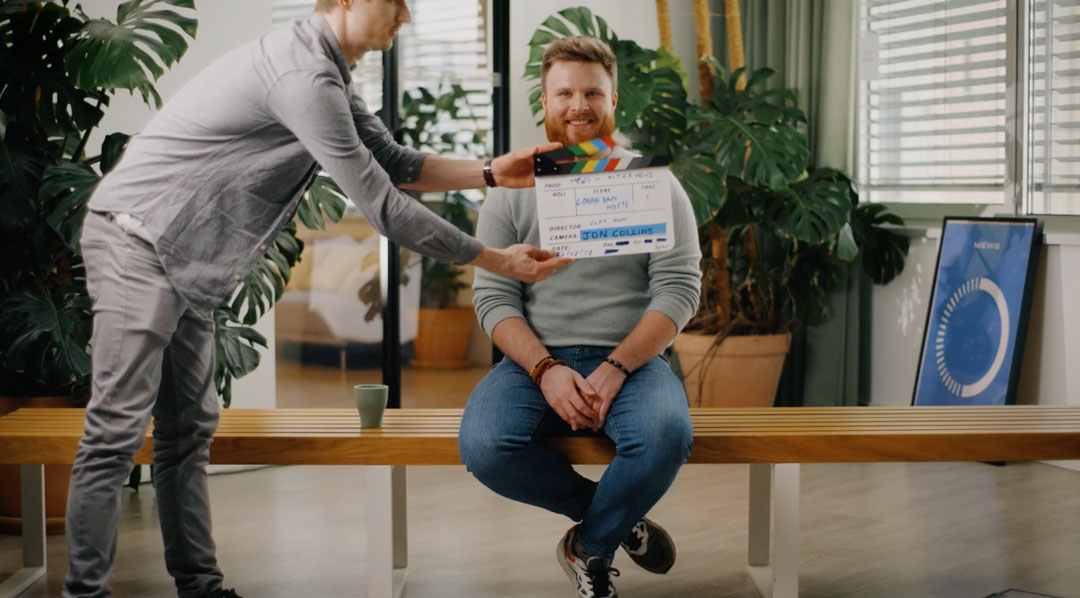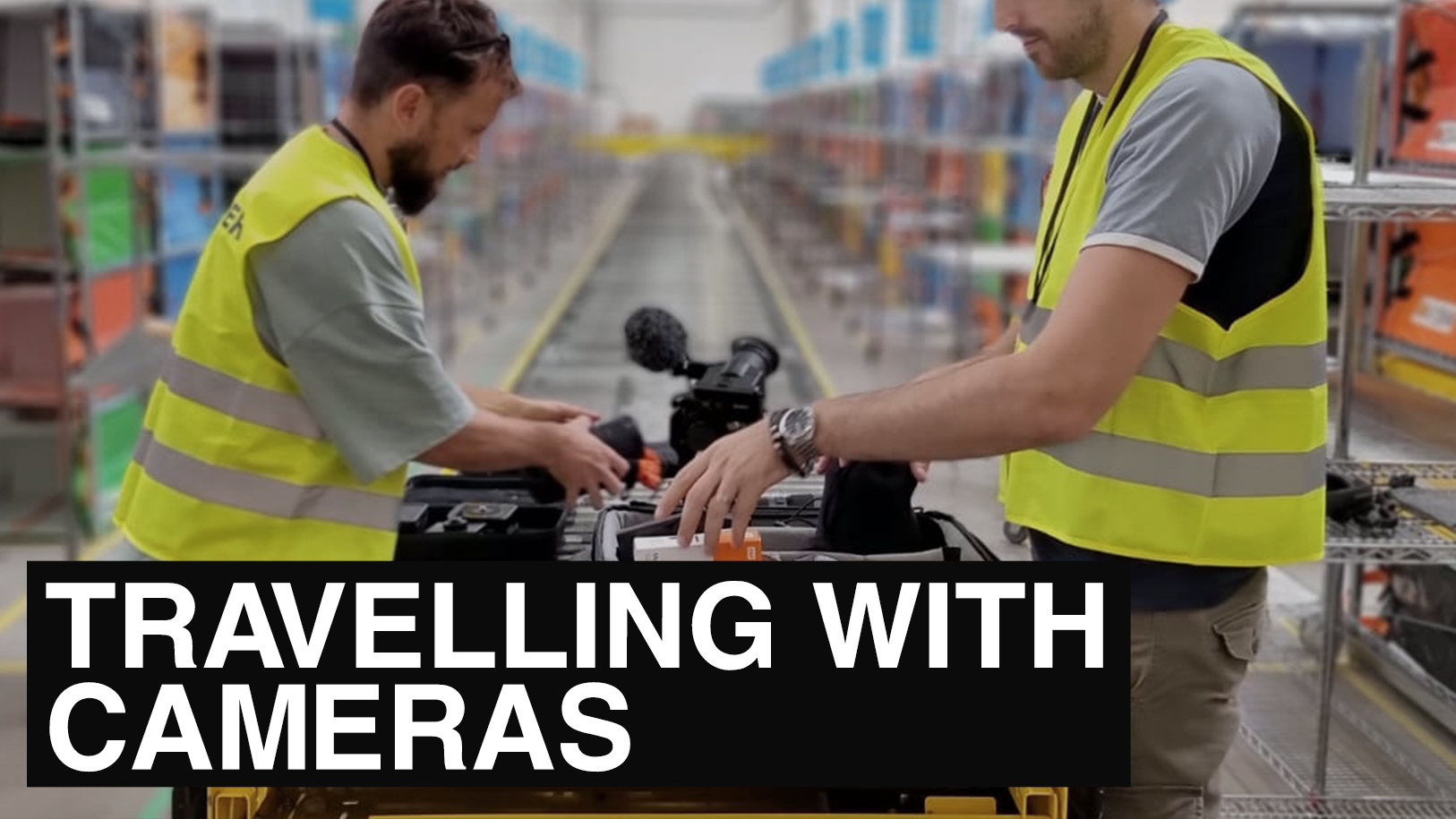As a freelance cameraman working internationally for nearly 20 years, I’ve travelled all over Europe — and beyond — with flight-ready video equipment. From documentary shoots in Albania to branded content in Norway, I’ve carried high-end cameras, lights, and sound kit through airports, across borders, and onto location, often under tight schedules and high expectations.
But what many people don’t see is the amount of planning and paperwork that goes into flying with professional video gear. It’s not just about packing efficiently — it’s about making sure you’re legally cleared to carry, film, and return with your equipment.
ATA Carnet – The Passport for Your Kit
The ATA Carnet is one of the most essential documents for any production taking gear abroad. Think of it as a passport for your equipment. It lists every item you're travelling with — from cameras and lenses down to cables and adapters — and allows you to temporarily take that gear into another country without paying customs charges or VAT.
Since Brexit, UK-based crew members now need an ATA Carnet to shoot in the EU. I’ve been in situations where presenting the right paperwork avoided hours of delay at customs.
- Proves ownership of gear
- Prevents unexpected fees
- Speeds up border checks
I always double-check serials, pack extras, and carry both digital and printed copies of my Carnet.
Visas and Permissions
Filming in Europe
Post-Brexit, each EU country has its own rules. Many short shoots don’t need a formal visa, but I always bring:
- A call sheet or engagement letter
- Insurance and carnet documentation
- Knowledge of local work permissions
Filming in the USA
The US typically requires a work visa (like an I-visa or O-1) unless your job qualifies under special exemptions. US Customs are thorough — be prepared with documentation and clear intentions.
When Driving Makes More Sense
For shoots in Europe, I sometimes drive rather than fly. It allows me to bring more kit, avoid battery restrictions, and control logistics better.
Benefits of driving:
- No airline baggage fees
- Ability to pack lights, stands, backups
- Greater control over schedule
Be sure to check your carnet at ferry terminals and carry insurance for EU driving.
Packing Equipment for Air Travel
Here's how I pack my kit when flying:
Cabin Bag
- Camera body & lenses
- Media and backups
- Spare batteries (see limits below)
- Filters and monitors
Checked Luggage
- Lights in soft cases
- Stands, grip gear
- Audio equipment
Battery Rules (British Airways 2025)
If you're flying with British Airways:
- Under 100Wh: Up to 15 spares in carry-on
- 100–160Wh: Max 2 spares with approval
- Not allowed: Loose lithium batteries in hold luggage
I carry battery spec sheets and keep terminals taped or in original boxes for safety.
Allow Extra Time for Check-In
Getting camera gear (and a carnet) through customs can take longer than expected. I always allow at least 3 hours for check-in, especially at unfamiliar airports or when crossing with a large carnet.
Final Thoughts
After two decades of filming internationally, I know that preparation is everything. Whether I’m on a shoot in Berlin or New York, I make sure my gear, paperwork, and plan are locked in before wheels up.
Need a cameraman who’s travel-ready and carnet compliant? Let’s chat.


